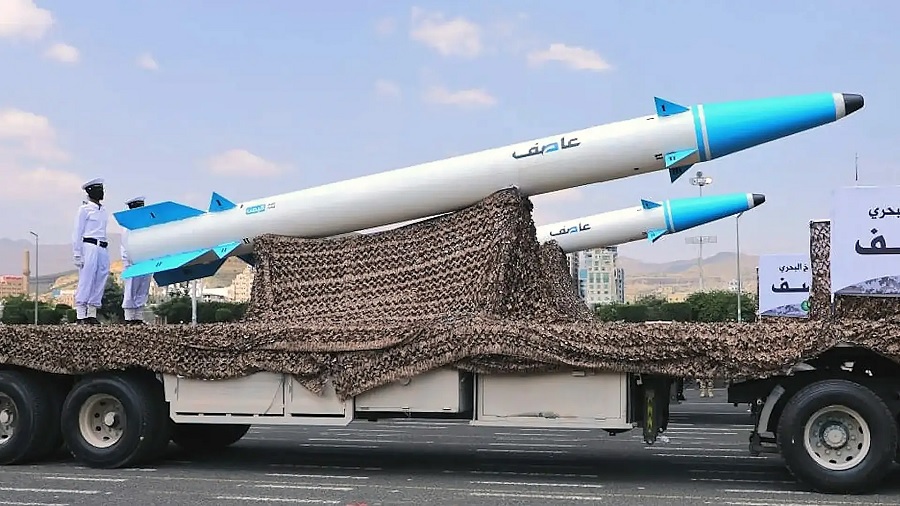In the past, almost all of the world’s precise armaments against ships were based on cruise missiles, some of them rockets moving horizontally above the surface of the water, usually subsonic. In the seventies of the last century, Russia (then the Soviet Union) used ballistic missiles with several guidance methods to hit ships.
These Russian efforts were not continued, but at the same time, China chose to focus on them and developed a number of coastal ballistic missiles with ranges of hundreds to thousands of kilometers. Iran and North Korea followed.
According to recent assessments, it seems that the Iranians chose to use anti-ship ballistic missiles based on three considerations:
- Diversifying the attack array so that it threatens ships from the zenith – a less protected area.
- A modern battleship is very limited in its capabilities to deal with the threat of a ballistic missile.
- Penetrating the “hard” and “soft” defenses of most battleships is more convenient when flying from above. And in addition: the warhead, which is more deadly.
The homing method chosen by the Iranians is electro-optical, initially based on sensors in the fighting area.
In this approach, the ballistic missile is launched towards a point where the naval target is expected to be in the amount of time it will take the missile to get there (3 to 6 minutes). In this part of the trajectory, the missile will move based on inertial navigation, often also with the help of GNSS updates (GPS and GLONASS).
At an appropriate range from the target, the attacking missile opens its ‘eye,’ and from there, it is supposed to home in on it using passive optical (no transmission).
Some experts believe that the Iranian choice to use this homing system is due to the lack of mature radar homing technologies. A radar homing head would require certain maneuvers of the missile.
















![Mobilising artillery – developments, challenges and the Russo-Ukrainian war [LONG READ]](https://defence-industry.eu/wp-content/uploads/2023/08/European-Union-supports-Ukraine-with-substantial-artillery-ammunition-deliveries.jpg)










